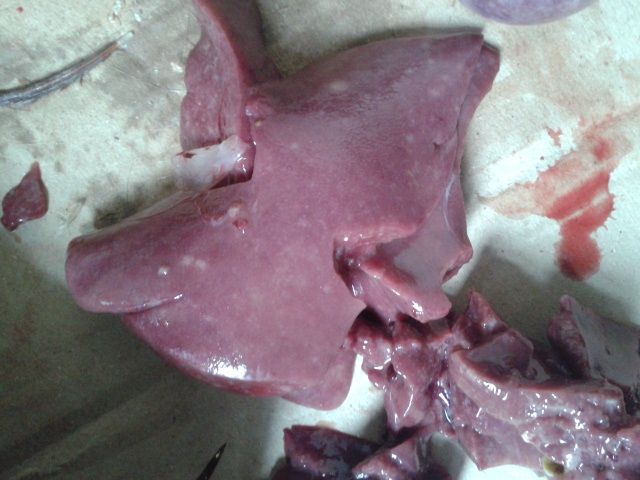As I understand it, Ivermectin is usually sprayed or spot-on externally (though as I've never used it myself I'm open to correction here.) obviously for a bird, it's easier than trying to get it down their throats.yes it will still kill worms if applied externally, but the dose is quite tricky to determine accurately, as it's not licensed for use on poultry and thus there aren't reliable instructions for dosage in relation to body weight. Too little won't kill the worms, but an overdose could be very dangerous. Some of the packs yo can buy are intended for use on pigeons, which isn't much help with dosing chickens.
Maybe best to just stick to Flubenvet for worms, regularly, and lice powder or redmite powder when needed.
Maybe best to just stick to Flubenvet for worms, regularly, and lice powder or redmite powder when needed.


